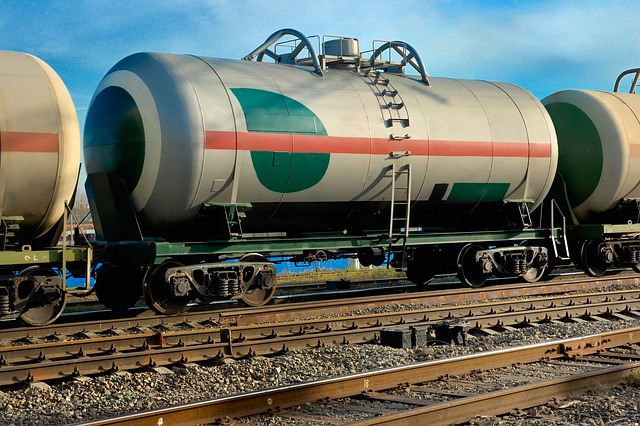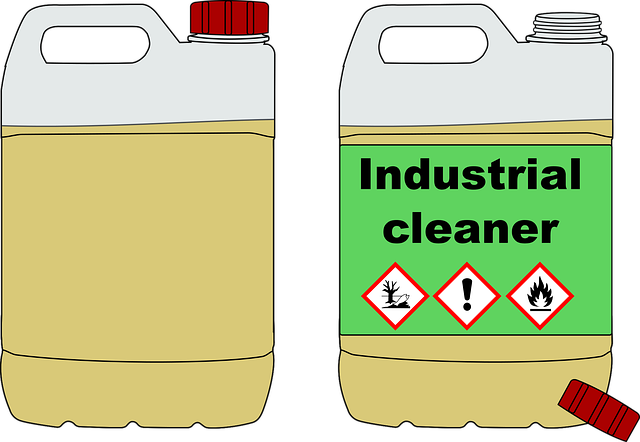Tanker dome leak simulators are vital tools for cargo transportation safety drills, offering controlled environments to train professionals on emergency response in large tank vessels. These innovative devices mimic real-life conditions, enhancing training efficiency and readiness through immersive scenarios. Trainees gain skills to promptly respond to potential hazards at sea. The Cargo Tanker Dome, a cutting-edge facility, recreates the interior of a cargo tank for safe practice. Simulators provide controlled environments for practicing response protocols, evaluating team communication and coordination, and reducing impact of future accidents. Regular updates ensure comprehensive training, preparing teams for unexpected challenges in real-world settings. As game-changers for maritime safety, these simulators foster culture of safety and efficiency, with technological advancements promising dynamic, personalized learning experiences to revolutionize maritime safety.
In the dynamic field of maritime safety, efficient training is paramount. The Cargo Tanker Dome Leak Simulator emerges as a revolutionary tool, offering an immersive environment for drills that conventional methods struggle to match. This article delves into the critical need for such simulators, exploring their components, benefits, and real-world applications. We’ll also discuss future trends, highlighting their essential role in enhancing tanker safety through innovative training solutions like the tanker dome leak simulator.
- Understanding the Need for Tanker Dome Leak Simulators
- Components and Design of a Cargo Tank Training Dome
- Benefits of Using a Leak Simulator for Drills
- Setting Up and Utilizing the Training Dome for Effective Practice
- Real-World Applications and Success Stories
- Future Trends and Innovations in Tanker Safety Training
Understanding the Need for Tanker Dome Leak Simulators

In the realm of cargo transportation and safety drills, the need for realistic training scenarios is paramount. This is where tanker dome leak simulators come into play as indispensable tools. These innovative devices offer a safe and controlled environment to prepare professionals for potential emergencies on board large tank vessels. By mimicking real-life conditions, from subtle leaks to full-scale disasters, these simulators enable crew members to respond effectively without putting themselves or the actual ship at risk.
The significance of tanker dome leak simulators lies in their ability to enhance training efficiency and emergency readiness. They provide a dynamic and interactive learning experience, allowing trainees to face various challenges and make critical decisions under pressure. This immersive approach ensures that when an actual incident occurs, crew members are better equipped to handle the situation promptly and professionally, ultimately reducing potential hazards at sea.
Components and Design of a Cargo Tank Training Dome

A Cargo Tanker Dome, designed for training purposes, is a specialized facility that replicates the interior of a cargo tank in a controlled environment. This innovative simulator consists of several key components to ensure effective learning and safety during drills. The dome typically features a spherical or semi-spherical shape, constructed using robust materials like steel or fiberglass, allowing for durability and easy maintenance.
The design incorporates life-like interior details, mimicking the layout of a real cargo tank, complete with storage compartments, piping systems, and instrumentation panels. This immersive setup enables trainees to gain practical experience in identifying potential issues, such as leak detection, pressure management, and emergency response protocols. Advanced technology, like sensors and digital displays, is integrated into the dome to provide real-time data during drills, enhancing the training scenario’s authenticity and allowing for precise evaluation of trainee performance.
Benefits of Using a Leak Simulator for Drills

Using a tanker dome leak simulator during training drills offers numerous advantages for safety and efficiency. These simulators allow teams to practice response protocols in a controlled environment, mimicking real-world scenarios without risking physical harm or environmental damage. By simulating various types of leaks, from small drips to large ruptures, crews can hone their skills in containing and repairing issues swiftly.
Moreover, a leak simulator enables the evaluation of communication and coordination among team members. It facilitates the testing of different emergency procedures, ensuring that everyone involved understands their role and responsibilities accurately. This preparation is invaluable, as it enhances overall response times and reduces the potential impact of future accidents, making it an essential tool for any cargo tank training program.
Setting Up and Utilizing the Training Dome for Effective Practice

Setting up a training dome, such as a tanker dome leak simulator, offers a unique and immersive practice environment for emergency response teams. This innovative tool recreates the interior of a cargo tank, complete with realistic features like structural elements and fluid levels, allowing trainees to experience various scenarios firsthand. By simulating potential leaks or other hazards within the confined space, the dome provides an opportunity to hone skills in communication, teamwork, and quick decision-making.
During setup, it’s crucial to ensure the dome is securely anchored and all components are functioning properly. Place it in a suitable training area that mimics real-world conditions, complete with appropriate lighting and ventilation. Populate the dome with trained actors or mannequins to represent different roles, enhancing the authenticity of drills. Utilize the dome for both scenario-based exercises and skill development, rotating tasks among team members to ensure comprehensive training. Regular maintenance and updates to scenarios keep the training relevant and effective, preparing teams for unexpected challenges in real-world settings.
Real-World Applications and Success Stories

In real-world scenarios, particularly within maritime and oil industry operations, the tanker dome leak simulator has proven to be an invaluable tool for safety drills and training. This innovative prop allows professionals to practice emergency response protocols in a controlled environment, replicating potential leak situations aboard cargo tanks. By simulating various leak scenarios, crews can enhance their skills and preparedness, ensuring swift and effective action during actual emergencies.
Success stories abound, showcasing the effectiveness of these simulators. Many companies have reported improved response times and reduced damage from simulated leaks, attributing these achievements to the immersive training provided by tanker dome leak simulators. Such technologies play a crucial role in fostering a culture of safety and efficiency within industries heavily reliant on cargo tank operations.
Future Trends and Innovations in Tanker Safety Training

The future of tanker safety training is poised for significant advancements, driven by technological innovations and a growing emphasis on proactive risk management. One notable trend is the increased adoption of immersive simulation systems, such as the tanker dome leak simulator. These advanced training tools replicate real-world conditions inside a controlled environment, allowing trainees to experience various scenarios, including emergency leaks, without endangering lives or assets. By leveraging virtual reality and interactive simulations, future training programs can offer more dynamic, engaging, and effective learning experiences.
Furthermore, advancements in artificial intelligence (AI) and machine learning algorithms promise to revolutionize safety drills by providing personalized feedback and adaptive scenario generation. AI-driven simulators can analyze trainee performance, identify areas for improvement, and tailor subsequent exercises accordingly. This level of customization not only enhances learning outcomes but also ensures that training programs remain relevant and effective as industry standards and best practices evolve. The integration of these cutting-edge technologies is set to transform tanker safety training, making it more efficient, comprehensive, and responsive to the dynamic nature of maritime operations.













